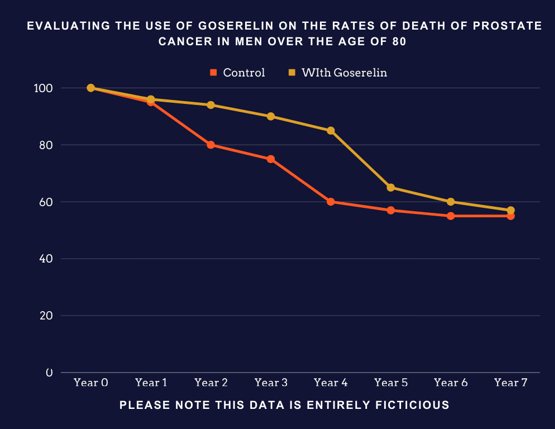Calculation questions
Here are some helpful tips and example calculation questions you might get asked in an MMI!
11/16/20233 min read
General advice
Depending on your own strengths and weaknesses, the difficulty of MMI stations with calculations involved can vary greatly. Some candidates will breeze through the maths involved, whereas others might need more time. Regardless, the examiner is interested in your approach and how you conduct yourself as much as (if not more than) if you get the correct answer or not.


The examiner will likely ask you to explain every step of your working. This is to test how well you communicate, so be as clear as you can with your reasoning. Even if the steps you take are obvious, try to breakdown why you did what you did, and what your next steps will be.
Often, there may be not enough information on the question stem to begin answering the question properly. This is not a mistake - instead the examiner wants you to notice this, and request whatever other information you think may be necessary. Don't try and make do if the information you have is extremely limited! You're unlikely to get the correct answer, and the examiner will note that you were hesitant to ask questions and seek the full picture. For example, a question might have require a formula that isn't explicitly mentioned, and instead requires the candidate to outright ask for it.
If your calculation question is clinical (ie set in a hospital or other healthcare environment), it might be worth mentioning at some point how if you were to encounter a similar situation whilst practicing as a doctor, you would be ready to seek help from your colleagues. This shows that you would be a safe doctor who would not risk patient safety and act outside of their competency.
Question 1
A patient requires a medication of dose 2.5mg/kg. The medication is stored in ampoules of 50mg in 100ml. Provided the patient weighs 75kg, how many ampoules of medication are needed?
Question 2
A patient on blood thinning medications is being monitored. If his International Normalised Ratio is less than 3, he is safe to be sent home. INR is calculated as a ratio of the patient's prothrombin time (PT)to an agreed standard.
a) Why is important to monitor a patient on blood thinning medication?
b) If the patient's PT is 35 seconds, and the standard PT is 12 seconds, is he safe to go home?
Question 3
A patient at the GP practice has a height of 6ft 3 inches and a body mass of 12 stone?
a) What is their BMI
b) What considerations are important when counselling patients on lifestyle choices?
Question 4
The burden of smoking is assessed through the calculation of 'pack-years'. A patient who has smoked 20 cigarettes a day for 30 years will have a 30 'pack-year' history. A patient who has smoked 10 cigarettes a day for the same duration of time has a 15 pack year history.
If a patient has smoked 15 cigarettes a day for 16 years what is their 'pack-year' history?
Question 5
A patient has accidentally taken too much of their prescribed medication. The decision to start treatment with the antidote is dependent on whether a threshold is reached. Provided the patient took five 200mg tablets, and the threshold to start treatment is a dosage of 15mg/kg, should they receive the antidote?
a) What other information do you need? (scroll down to answers)
b) Would you administer the antidote?






